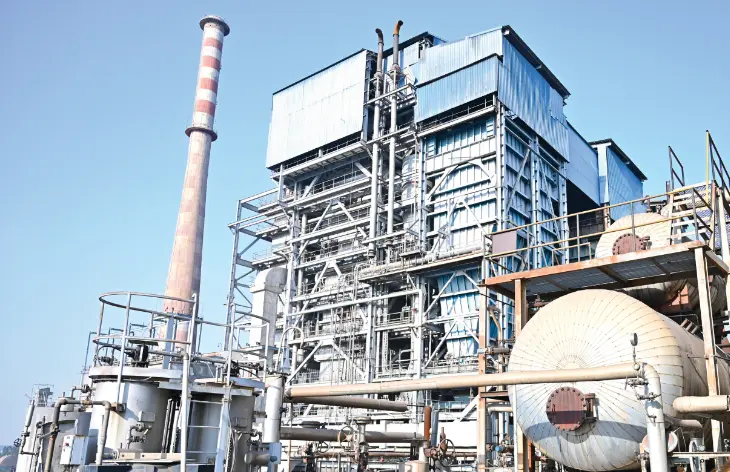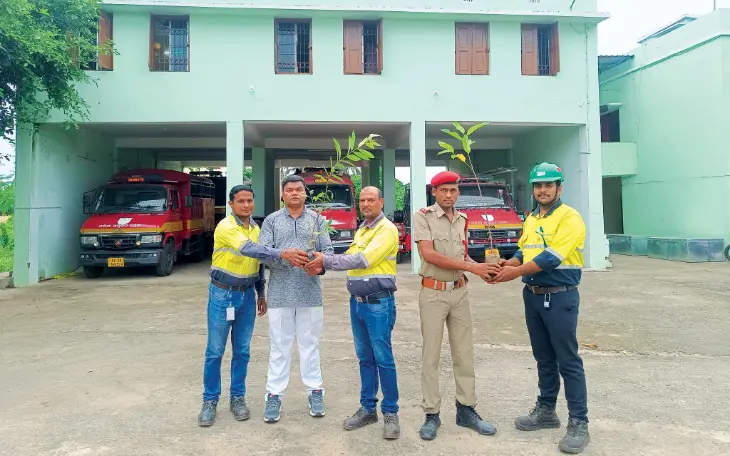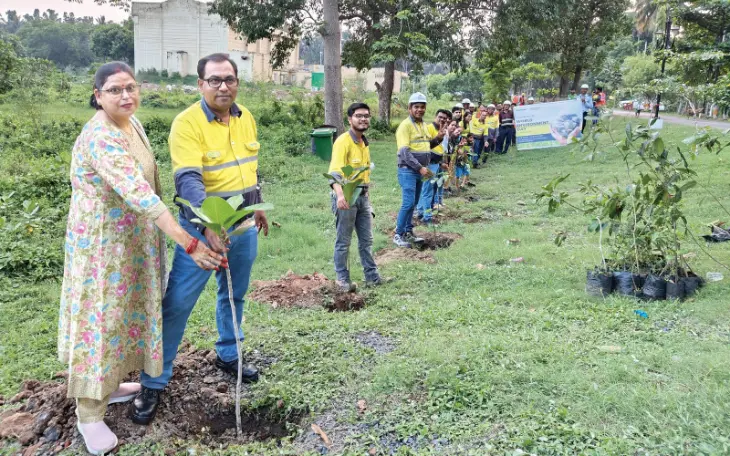Operational Review

Ferro Alloys Corporation Limited (FACOR) is a key player in the Ferro Alloys industry, with a 140 KTPA Ferrochrome plant, an operational chrome mine, and a 100 MW captive power plant. In FY 2024-25, ore production reached 250 kt, ferrochrome production rose to 83 kt, and power generation touched 439 MU – all marking their highest level ever.
Mining Division: ROM production from the Ostapal Mine reached 100% of the EC limit, i.e., 250 kt. EC for enhanced production of 1.5 MTPA was received in July 2024, and the CTO limit was increased to 300 kt in March 2025. Production at the Kalarangiatta mine has been temporarily halted due to pending statutory clearances; however, Stage - 1 clearance (CGWA NOC) has been obtained, with full-scale production expected to resume in FY 2025-26.
Charge Chrome Plant (CCP): We recorded a ferrochrome metal volume of 83 kt in FY 2024-25, with the highest-ever monthly production of 10,070 MT in June 2024.
Power Plant: We achieved full-capacity operations at 100 MW and the highest-ever annual power generation of 438 MU in FY 2024-25.
The Underground Mines Project, with a capacity of 1.5 MTPA, is 23% complete. Development of two portals has been finalised, with 250 m of decline development completed, bringing the total underground development to 340 m.
Progress on the 600 KTPA Concentrator Plant stands at 18%. Basic engineering is complete, and detailed engineering is 25% finished by the technology partner. Equipment manufacturing by the partner is 35% complete.
The 300 KTPA Ferrochrome production project is 41% complete. Basic engineering has been finalised, and detailed engineering is 46% complete. Equipment manufacturing from the technology partner is 86% finished, with two lots of capital equipment from Metso already delivered to site. Civil construction for the furnace 1 structure erection is ongoing.
Revenue for the year was ₹ 921 crore, up 14% Y-o-Y, driven by higher sales volume and power generation, partly offset by lower realisation. EBITDA stood at ₹ 40 crore, a 65% Y-o-Y decline, mainly due to increased production costs from purchasing ore externally, delays in statutory clearances for Kalarangiatta Mines, and lower realisation as steel prices dropped, especially in the Chinese market, impacting ferrochrome demand.

